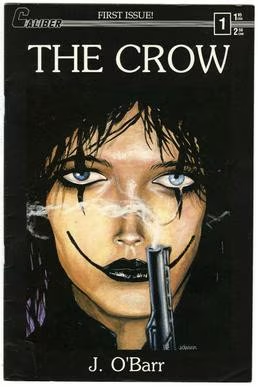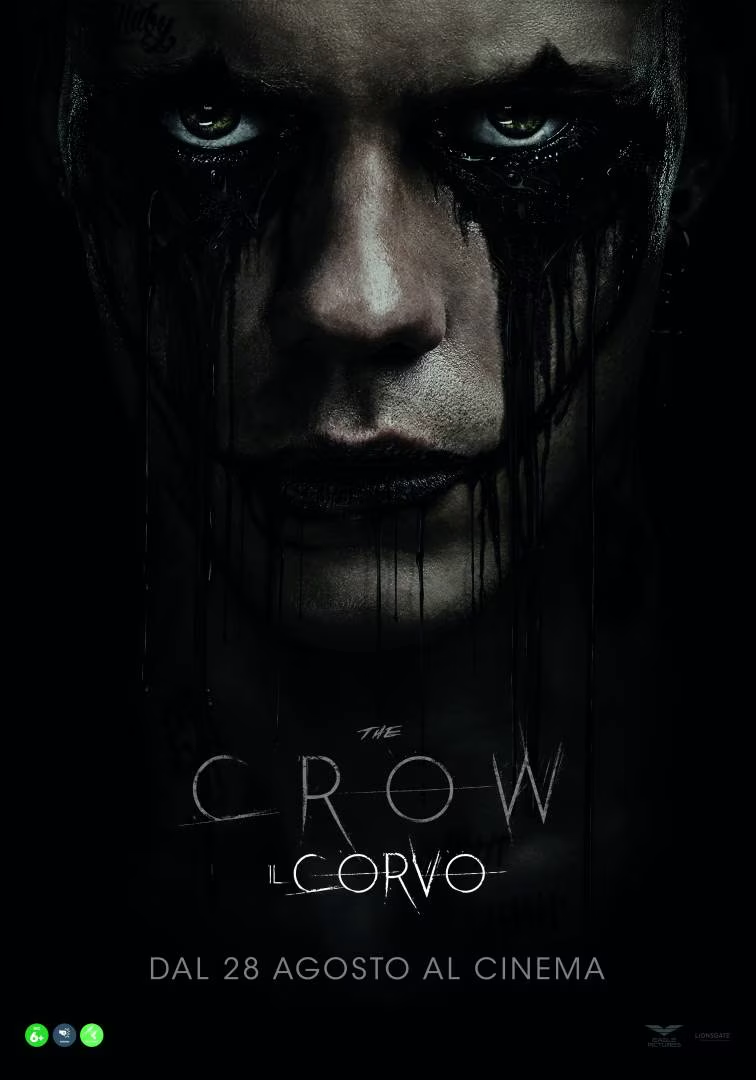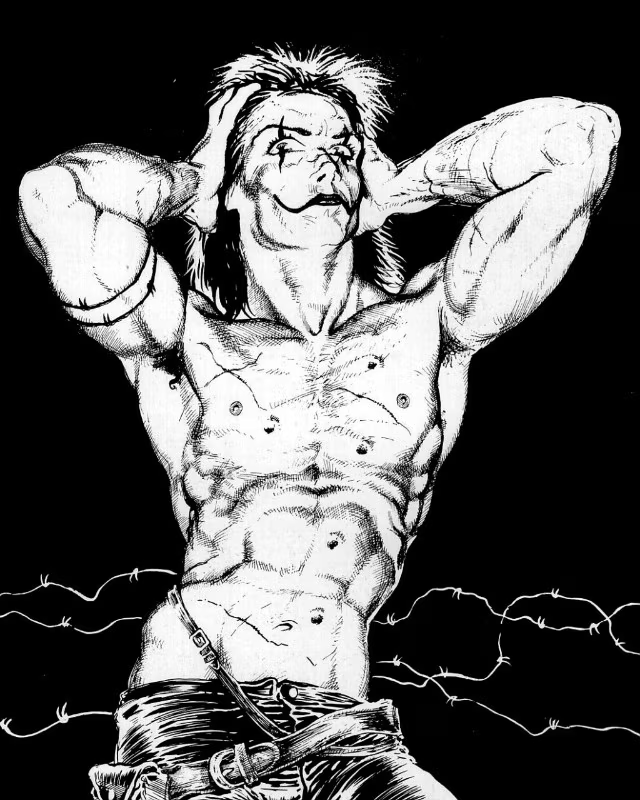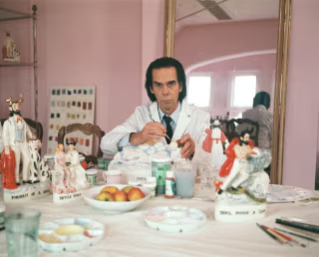It’s rare for a work to be called “generational,” a true reflection of the zeitgeist that remains recognizable decades later. It’s even rarer for such a creation to become an enduring symbol across various media. Yet, that’s exactly what happened with The Crow at the turn of the late 1980s and early 1990s. The story, which captured the public’s imagination in 1994 with the release of the film starring the late Brandon Lee (who tragically died during filming due to a set accident), was originally conceived as a comic book a decade earlier, born from the mind and pencil of James O’Barr.

The plot of The Crow was inspired by two tragic events: the death of O’Barr’s girlfriend and a real-life crime where a Detroit couple was murdered over something trivial. These painful experiences merged in O’Barr’s creative process, giving life (and death) to Eric Draven as the embodiment of a vengeful, corvine entity. First published in 1988 and revised until 2013, the comic follows a young man who, after being killed, is resurrected by a supernatural being – the crow – to avenge his and his fiancée’s deaths.
From comic book to movie
What made The Crow an icon lies in the socio-historical context in which it was created. This black-and-white comic, born out of underground culture, stood in stark contrast to the colorful, mainstream comic books that filled the pockets of teenagers from the US to the UK. It struck a chord with a generation of teens who identified with the Gothic movement.

The Crow gave voice to violence, pain, loneliness, and a sense of loss, all personified by a deeply “human” protagonist, with all the contradictions that come with it. The Crow was the first truly complex antihero in comic books, at a time when the medium still held mass appeal.
In the mid-90s, this complex sensibility, filled with sharp contrasts and existentialist themes echoed in the music of bands like Joy Division and The Cure, transitioned to the big screen. Directed by Australian filmmaker Alex Proyas, the movie adaptation brought The Crow out of its “niche” origins, turning a subculture into a global phenomenon and broadening its appeal to a much wider audience.
Eric’s only goal is vengeance, and he answers to no one but his own pain. In doing so, he embodies universal themes, with revenge as a form of redemption (at least in theory). His appeal is dark and decadent, rooted in the poetry of Rimbaud and Baudelaire, reflecting his clear passion for literature. At the same time, he’s a solitary rocker, expressing his anguish through a distorted guitar. His iconic face paint, a nod to the theatrical masks of Italy’s Commedia dell’Arte from the 17th and 18th centuries, reinforces his tragic nature. O’Barr himself confirmed this connection to the tragic figure of Pierrot, which the movie further emphasized with Lee’s slender, pale aesthetic.
An enduring myth
Eric Draven’s look became so iconic that throughout the 2000s and early 2010s, it was common to see people cosplaying as him at comic book conventions. His influence extended beyond these events, as many young people adopted his leather clothing, long hair, and white makeup in everyday life, turning him into a recognizable cultural icon that has stood the test of time.

In the wake of the film’s release, some critics and audiences attributed its success solely to the tragic death of Brandon Lee, a perception that has persisted over the years. While the incident undeniably drew significant media attention, to reduce The Crow’s impact to just that event is to overlook its true quality. Eric Draven’s legacy has endured for decades, through movie sequels, television series, and further comic book adaptations (some penned by O’Barr himself). In all these iterations, whether tied to the 1994 comic or not, The Crow remains a harbinger of vengeance, always reflecting the cultural spirit of the times.

Most recently, the character has returned to theaters in a new adaptation of O’Barr’s original work, updated for contemporary audiences. This latest version, starring Bill Skarsgård as Eric Draven and directed by Rupert Sanders, revisits the story with a fresh perspective, ensuring that The Crow continues to resonate with new generations.

Bathed in light
Drawing from its more than 30 years of experience, SICIS introduces backlit pools in Vetrite, a patented solution that combines design, technology and function.
























